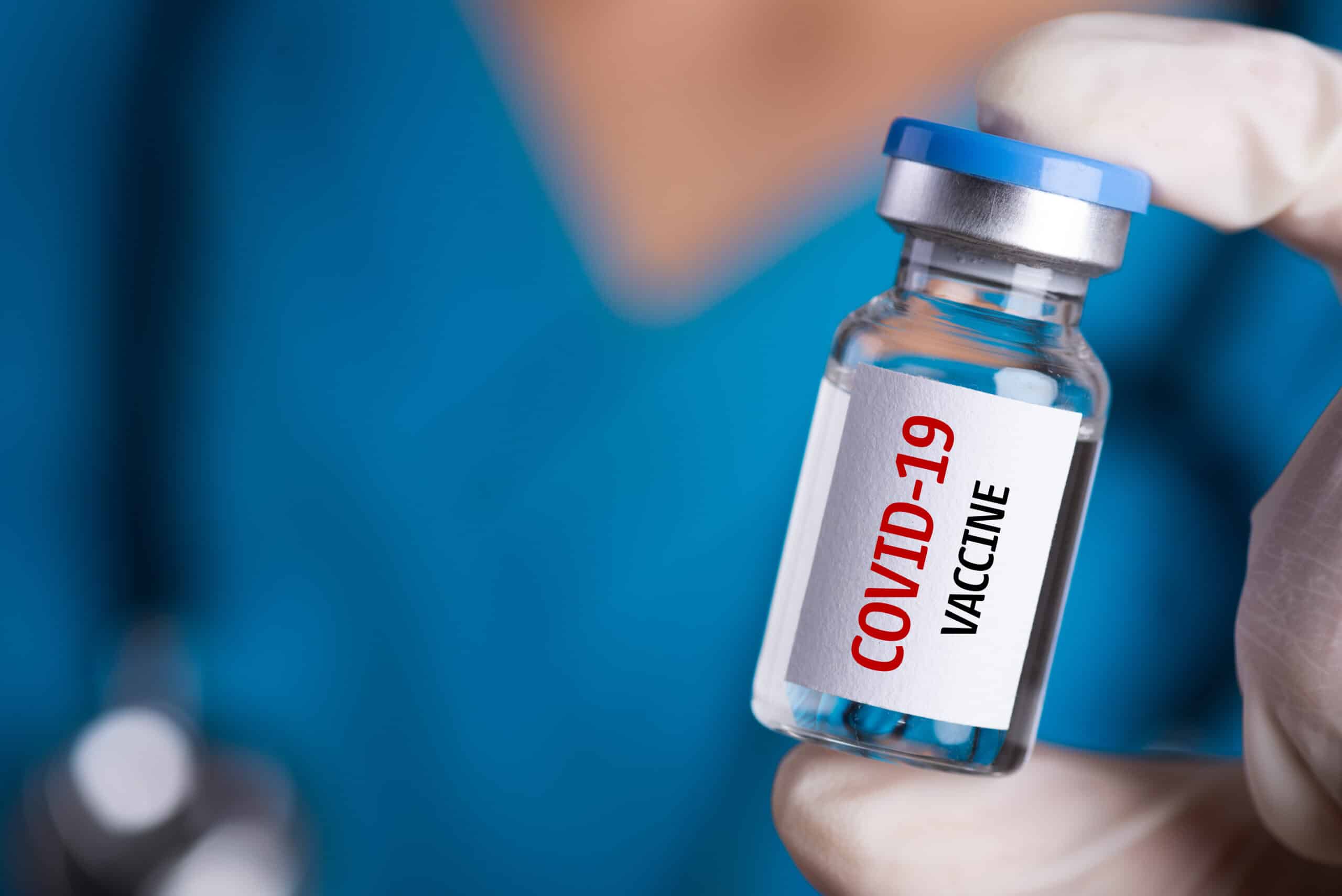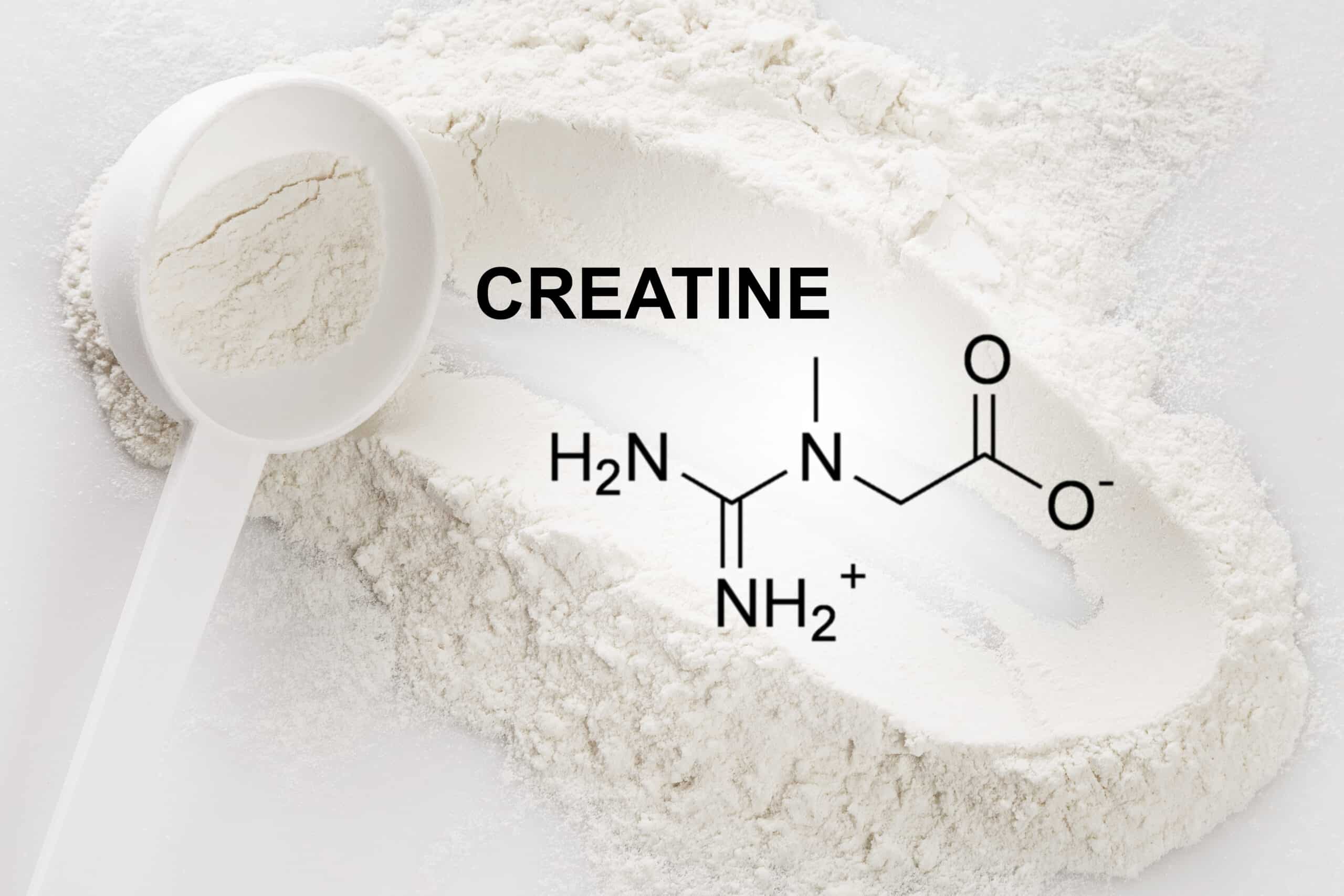Local conditions
Hospitals continue to have more than enough capacity to handle patients who need a higher level of care. Current local hospital COVID-19 censuses are low, with El Camino, Stanford, and Sequoia Hospitals having only several inpatient cases between all three. New case numbers have been very low in both San Mateo and Santa Clara Counties. Unfortunately, however, the last few days have seen an increase in cases in San Mateo and San Francisco counties. Currently, there are 70 hospitalized cases in San Mateo County. There were 54 cases one week ago. I think that the number of cases is still low, and the hospitals are still well within their capacity to handle the need, however, I do think it’s worth maintaining a level of caution. Some of the increase in case numbers may be due to increased testing, although the hospital numbers suggest that the uptick is real. Two or three days of data is not enough to call a trend, so I’ll be watching the numbers closely over the next week or two.
Studies on the prevalence of the virus
Last month, I referenced Stanford researchers who reported a fairly high prevalence of people with antibodies to the virus in Santa Clara county (up to a few percent). This type of testing looks for antibodies and tells us if the person has had the illness in the past. It takes an average of 11 days (range 5-21), after the start of symptoms, for a person with COVID-19 to develop antibodies. Unfortunately, however, the Stanford Santa Clara study used a rapid LFA test that is now known to have a false positive rate of 1-3%, which makes that data no longer useful. Subsequent studies done with higher quality antibody testing have shown that the number of people in our communities who have had the virus is still quite low. Bolinas tested around 1500 residents and found no positives. San Francisco tested around 4100 residents in the Mission district and found about 1.4 % positive. Stanford has tested over 13,000 hospital associated workers and found about 0.5% positive for antibodies. San Francisco did another test of blood donors and found a 0.4% positive rate. So it looks like in our communities locally, only 5 to 15 people, per thousand, have had the virus. Tests in hot spot areas around the country have shown higher rates: 6% of 700 tested in Miami, 4% of 800 tested in Los Angeles, 13% in New York State and 20% in New York City. I think these numbers are useful to consider when the concept of ‘herd immunity’ is brought up. Experts feel that the virus will have a hard time spreading once 60-80% of people have had it. Both locally, and in hot spots, we are nowhere near that number.
Can people get it twice?
Dr. Michael Busch, a professor of laboratory medicine at UCSF, in a May 14th update on the virus, opined that he feels confident that having had the virus will likely confer protection against it for at least 1-2 years. While we don’t know this for sure, I have also heard the same opinion from other reputable academic sources. Recent animal studies have shown that they are not able to re-infect monkeys who had already recovered from the virus. Experience with other coronavirus types has shown that there is immunity from re-infection, but that it usually wanes over time (years.) It is also likely, however, that once immunity wanes, if the person were to get it again, it would likely be a milder illness. I am reassured by these findings.
Transmission
We are continuing to learn more about the transmission and prevention of the virus. I still feel that the majority of transmission is very likely due to respiratory droplets, created by coughing, sneezing, or forceful speech. I think transmission through surfaces and subsequent transfer to eyes, nose or mouth happens, but is currently much less common. I’d like to give you my thinking on how someone might be able to get the virus from touching a surface such as a package. In February or early March, when people were not wearing masks and may have gone to work on a day when they were blowing their nose, and/or coughing, it’s easier to picture. In today’s world, however, it seems a little harder. I would have to imagine that the person with the virus would have to not be wearing a mask, and then cough or sneeze in their hands, and then touch the package (or cough or sneeze directly onto the package.) Then I have to imagine that the next person, within a few hours, picks up the package and touches the spot that was contaminated. Then, before washing their hands, the 2nd person would have to touch his or her eyes or nose. I still think that it’s important to wash hands frequently when out, avoid touching your face, and to keep public surfaces clean. Erin Bromage, a biology professor with a PhD in microbiology and immunology, wrote a nice summary of what he perceives to be higher risk activities. I think it’s a useful read if you haven’t seen it already. Thankfully, it looks like wearing a mask properly is likely very effective in preventing transmission. Data from hospital workers at Stanford and in New York is reassuring that protected workers don’t have higher rates of infection.
Kids
Since the beginning of this outbreak, it has been reported that children who have had the virus have done very well, and don’t appear to be at high risk of severe illness. Recently, however, there have been reports in New York and internationally of kids developing an inflammatory syndrome similar to Kawasaki’s disease. They are calling this “Multisystem inflammatory syndrome.” While this has been alarming, I was reassured by a perspective given by Dr. Schroeder, a pediatrician at Lucille Packard Children’s Hospital, in a grand rounds presentation on 5/20. The vast majority of kids with COVID-19 only develop a mild illness. He estimates that this more serious inflammatory condition may develop in about 1 in 3000 kids who get the virus. He also reported that almost all of the kids that do get this syndrome recover fully.
Some people say this illness is just like the flu, is that true?
It isn’t. We have more and more data coming back and this virus appears to have a mortality rate of around 1.3% in the United States. That’s about ten times the rate with influenza. It’s hard to really appreciate what that means here in the Bay Area with our local infection rates so low, but it really is a dangerous virus that deserves some attention.
Vaccines
The last two weeks have provided some reassuring early data on vaccine trials. There have been reports released by Moderna that showed good safety data on their vaccine. Researchers at Beth Israel Deaconess Medical Center reported that they were able to protect monkeys from infection with their vaccine. I heard another lecture where the speaker described that so far, the virus seems to have good vaccine targets that appear to be fairly stable.
Testing
Currently, there are two ways to test for the virus. One is through a nasal swab, which tests for current infection. This can be done through several locations, including our office. It’s felt to be a very accurate test. It takes between 1 and 5 days to get the results. There are two at home kits (nasal swab) that are currently in the works. LabCorp is offering one through Pixel. They are only sending it to people who satisfy CDC criteria for testing. Everlywell is working on one as well, but it is not yet available. Rutger’s was approved to do a saliva based test for current infection, but it is also not yet available. I haven’t had any patients use any at home test kits yet. The other way to test for past infection is to look for antibodies to the virus via blood. There are no approved at home tests for antibodies. Blood tests for antibodies can be done through Stanford or Quest labs (drawn in our office). Lab based antibody tests take 1-3 days for a result. I feel they are quite accurate. We have tested over 30 people for antibodies to the virus. Many of these folks had a cold or flu-like illness in January or February. We have had only one of these lower-likelihood patients have a positive antibody test so far. Fingerstick antibody testing using lateral flow technology gives a more rapid result (15-20 minutes.) One of Stanford’s grand rounds showed data reviewing these tests, and the results were mixed. I do think one or more of them will get approval in the near future, but I’m not sure how valuable it is to get a more rapid result, when what we’re looking for with antibody tests is whether or not the person may have had the illness 3 or more weeks ago.
Treatment
Currently, there are no outpatient medications to treat coronavirus infections that have been shown to be safe and effective. There are medications that are being tested and used in hospitals. There is a lot of promising research happening on developing treatments that either modulate the immune system to try to prevent or treat severe reactions, or treat the virus.
Hope and the future
I am quite hopeful that we will get through this difficult time and be able to relax restrictions more and more in the future. I feel that people are, in general, being more careful than they were in January or February. Imagine, in today’s world, someone going to work or a party on day two or three of a cold, when they’re coughing or sneezing every 5 to 10 minutes. This wasn’t that unusual before. I suspect that even once they’ve relaxed restrictions with work, restaurants, and social gatherings, it will be much less common to see someone with an obvious cough or sneeze going to an interactive event. If they do, I suspect they’ll clear the room! I do realize that there is still some spread of this virus among people who are not, or are minimally symptomatic. I mention this, rather, because the rate of spread of this virus that we’ve seen to date is largely reflective of how it spreads in a world where most people aren’t careful at all. I’m hopeful that with small adjustments in our behavior, improved treatments, adequate hospital support, and contact tracing, we’ll get to a point in the (hopefully!) near future that we can leave our masks at home!
Our office
We are open and seeing patients with routine and urgent concerns. We are being very careful with staggered appointments, air filters in exam rooms, and well-spaced appointment times. Everyone wears a mask, and we wipe all surfaces frequently. We have set up a screened area outside of the office that faces Laurel Drive where we can see someone with a cold or flu, or do a nasal swab in private, without the person even needing to enter the building. Thankfully, we haven’t needed to see anyone with a fever or upper respiratory infection in several weeks. Also, thankfully, our staff and families have been healthy. Please contact our office for any concerns or questions. We are more than happy to help you by phone, email, video, or in person.
Warmest wishes and looking forward to a healthy future!
Dr.Kroes and Dr. Santana
Coronavirus latest updates in the Bay Area. Peninsula Doctor newsletter #12



